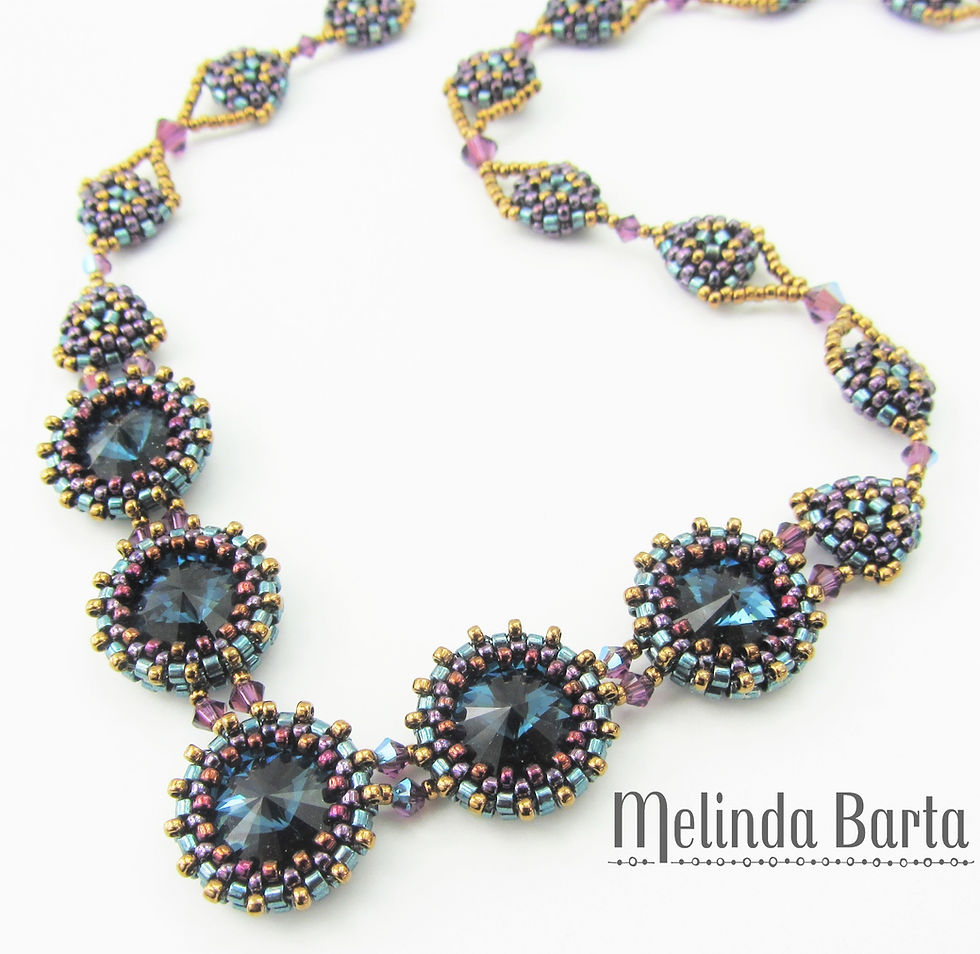How to Create Beadwork that Lasts for Gifting and Selling
- Melinda
- Sep 6, 2020
- 2 min read
Of course you always take the greatest care when making jewelry. However, if you know it's something you are going to create and wear yourself, there is often a feeling that if something ever breaks, you'll know how to fix it.
This lesson was first available to my newsletter subscribers, sign up here for future educational emails and exclusive patterns & kits.
But what if you're going to gift it to a non-beader?
Or what if you want to sell it?
In those instances, follow these top 5 tips for creating work that lasts:
1) Choose good thread. A non-beader doesn't always know that you should keep jewelry dry. Because of that, I always use FireLine when selling and gifting work. Though nylon thread is better than it used to be, I still don't take any chances. FireLine was originally made for the fishing industry after all, so you know it's still strong when wet!
2) Best practices for adding clasps. If your clasp loop has a slit that allows it to open and close like a jump ring, don't stitch directly to it. In time, your thin beading thread can slip right through the opening. To avoid this, open the clasp loop, add a "closed" jump ring (which means it's soldered closed), and stitch directly to the "closed" jump ring.
Even if your clasp has a closed loop without a slit, it's a good idea to always stitch to a "closed" jump ring, then use a regular ("open") jump ring to connect to the clasp.
3) Plan for repairs and size changes. Threads that attach clasps take a lot of abuse, so plan ahead for future breaks. By using a new thread for the clasp only, then you don't have to repair the entire bracelet (or necklace) should you need to replace the clasp. Plus, the person who is receiving your jewelry might need size adjustments, so cutting off a clasp for a custom fit isn't the end of the world.
4) Protect bead finishes. Even the best beads by the best manufactures can lose their color and finish over time. To reduce the chance of your beadwork looking worn or damaged, choose the best materials. Also, jewelry should be the "last thing on and first thing off" so it's not exposed to perfume, lotion, and sunscreen.
5) Educate the recipient. Don't be shy to tell the person who will receive the beadwork how to care for it. Include a note with the information above.
Happy beading! Melinda




Comments